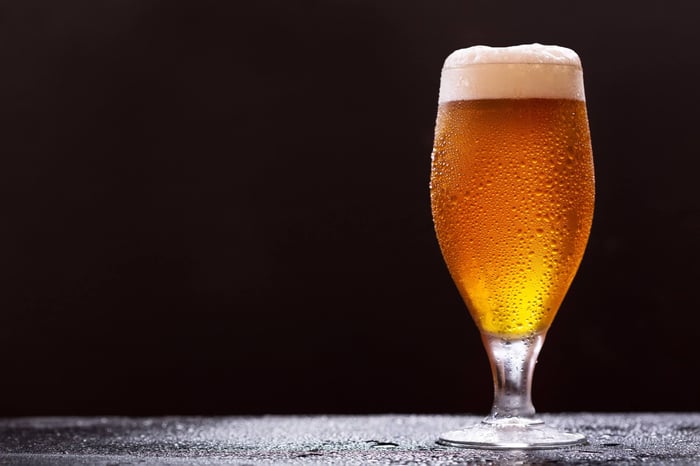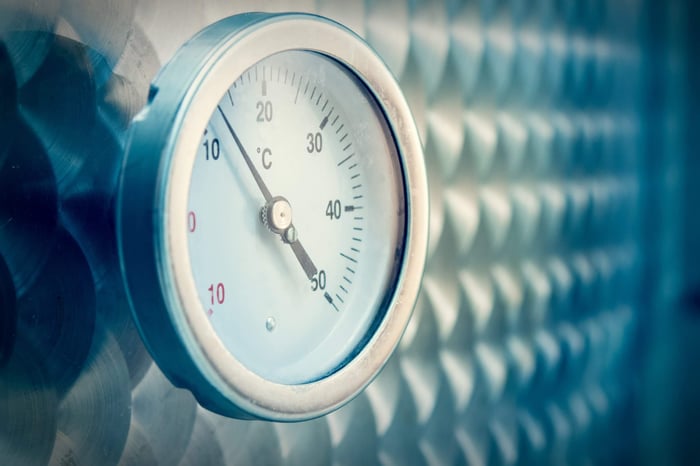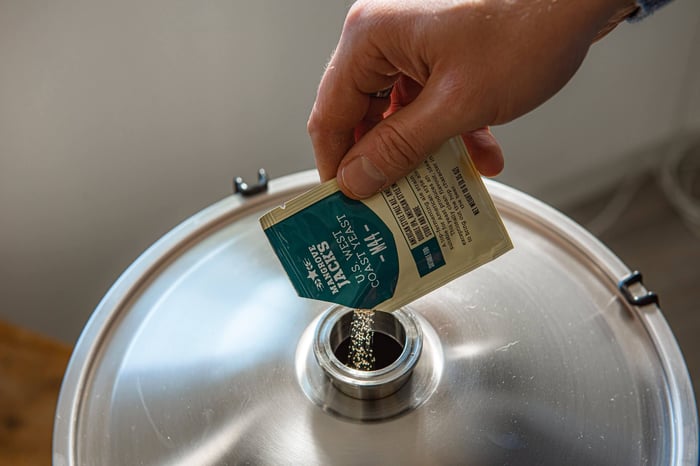The no sparge brewing method has been creating quite a stir in Australian homebrew circles lately. From Perth to Brisbane, brewers are asking whether they can trim their brew day without compromising their beer. It's a fair question – especially when you're dealing with our climate and trying to beat the heat.
We decided to settle this debate the proper way: with a controlled experiment and honest feedback from real beer drinkers.
Demystifying the No Sparge Technique
Here's how it works: instead of the traditional two-stage water addition (mash water, then sparge water), you add everything upfront during mashing. Think of it as the difference between drip coffee and plunger coffee – same ingredients, different extraction method.
The obvious advantages:
- Quicker brew days (more time for the footy)
- Simpler equipment requirements
- Less chance for temperature control issues in hot weather
The potential downsides:
- Higher water-to-grain ratios can mess with your mash chemistry
- Lower extraction rates mean less value from your grain
- Possible impact on final beer character and mouthfeel
Our Brewing Comparison Test
We brewed the exact same recipe twice, varying only the water addition method. Then came the interesting part – a blind taste test with experienced brewers who had no idea which was which.
The Recipe Breakdown
Beer Specifications:
- OG: 1.046
- FG: 1.012
- ABV: 4.6%
- IBU: 36.15
Grain Profile:
- 4.3kg Marris Otter (95.6%)
- 0.2kg Crystal (4.4%)
Hop Additions:
- 10g Nelson Sauvin at 60 minutes (14.96 IBU)
- 130g Nelson Sauvin at Whirlpool (21.20 IBU)
Yeast Selection: Mangrove Jack's M44 – US West Coast
Water Volume Mathematics
Traditional Sparge Setup:Mash volume: 15.65 litres (calculated as grain weight × 2.7 + safety margin) Sparge volume: 9.35 litres to achieve 18 litres pre-boil
No Sparge Configuration:Single addition: 25 litres total in the mash
Brewing Session Results
Both brewing sessions ran smoothly – sometimes everything just falls into place perfectly. Temperature control was spot-on for both systems, and recirculation produced beautifully clear wort in each case.
The no sparge beer progressed directly to boil after grain bed drainage, whilst the sparged version required the additional fly sparge step. Both systems delivered exactly 18 litres pre-boil – textbook precision!
Final gravity measurements:
- Sparged beer: 1.060 (extraction efficiency: 63.4%)
- No sparge beer: 1.045 (extraction efficiency: 47.52%)
That's a substantial 16% efficiency difference – significant enough to impact your ingredient costs over time.
Blind Tasting Outcomes
The results spoke clearly: nine out of ten tasters preferred the sparged version, with eight successfully identifying the different beer in our triangle test. Consistent feedback described the no sparge beer as having reduced body, slight metallic notes, and less prominent hop aromatics.
Recommendations for Australian Brewers
Both beers were entirely acceptable – you'd happily drink either at a weekend barbecue. However, the quality distinction was noticeable to anyone with a developed palate.
Explore our advanced brewing systems engineered for optimal extraction and efficiency
If you're brewing for casual consumption and time is crucial, the no sparge method delivers reasonable results. But for creating something exceptional – whether showcasing premium Australian malts or maximising hop character – traditional sparging remains the superior approach.
The efficiency reduction alone makes a compelling case for maintaining traditional practices. When quality ingredients cost what they do, extracting maximum value makes sound economic sense.
Grainfather Team










